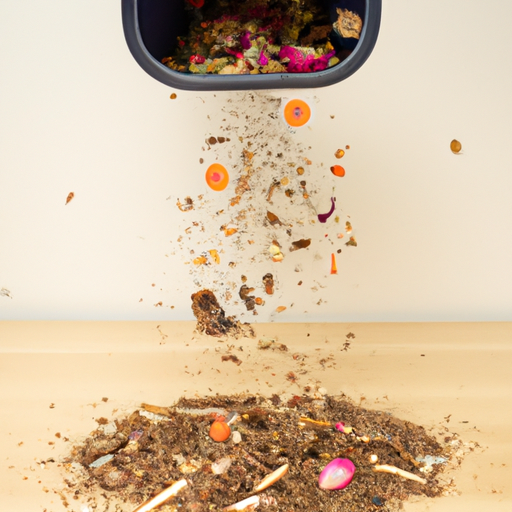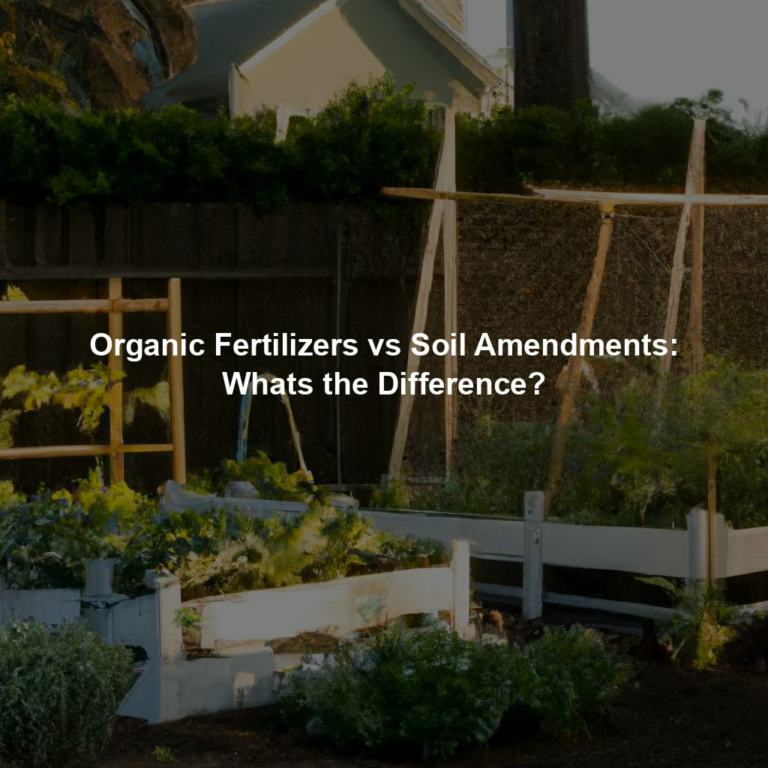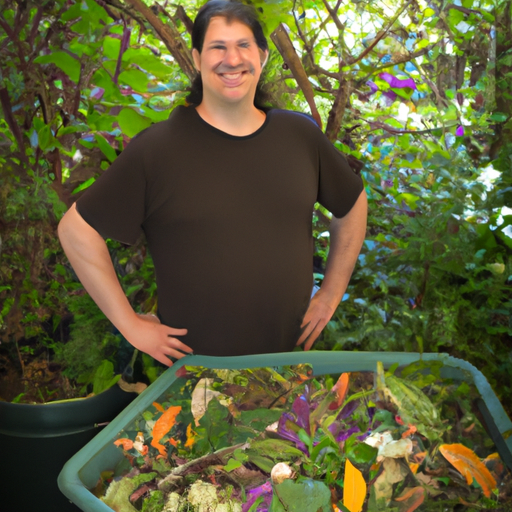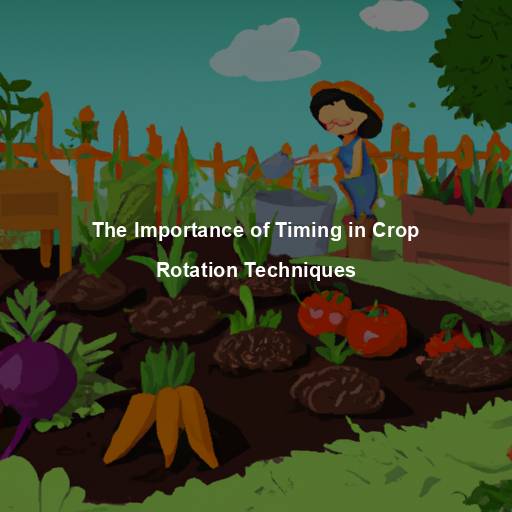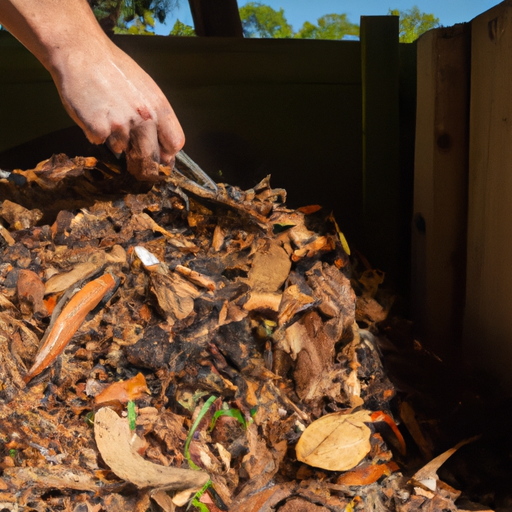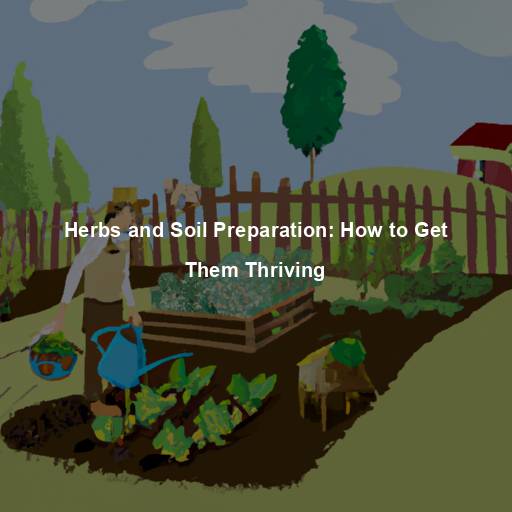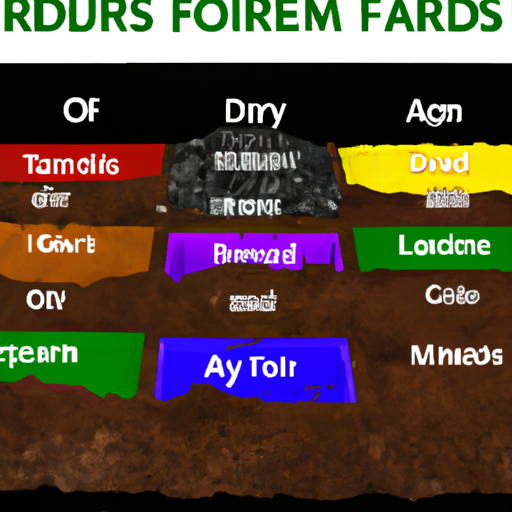If you’re looking for a simple and efficient way to compost your kitchen scraps, look no further than bokashi composting.
This Japanese method of fermentation is gaining popularity among home gardeners as an easy way to turn food waste into nutrient-rich soil.
Bokashi composting uses a specialized mixture of microorganisms that break down organic matter in an anaerobic (oxygen-free) environment.
Unlike traditional composting methods, which rely on aerobic bacteria to decompose material, bokashi can process all types of food waste—including meat, dairy, and cooked foods—without producing unpleasant odors or attracting pests.
In this article, we’ll cover everything you need to know about this innovative approach to recycling kitchen scraps into healthy soil amendments for your garden.
What Is Bokashi Composting?
Bokashi composting is a unique method of composting that utilizes special bacteria to break down organic waste.
Unlike traditional composting, which relies on aerobic bacteria to decompose the material, bokashi composting uses anaerobic bacteria to ferment the waste instead.
This process has several benefits over traditional methods, including faster decomposition times and the ability to handle a wider variety of materials.
Additionally, because the fermentation process occurs in an air-tight container, there is virtually no odor or pest attraction associated with bokashi composting.
While it may seem daunting at first, once you understand how bokashi works and start using it regularly, you’ll wonder why you ever bothered with traditional composting methods!
How Does Bokashi Composting Work?
Bokashi composting is like a hidden treasure trove that can transform your kitchen scraps into fertile soil.
It’s no secret that the process of bokashi composting works by fermenting organic matter, but how does it work?
Well, in simple terms, you add your food waste to an air-tight container along with bokashi bran which contains beneficial microorganisms.
These microbes then break down and ferment the organic material inside the container, leaving behind nutrient-rich fertilizer.
One of the benefits of this method is its ability to handle almost any type of organic waste including meat and dairy products that are not recommended for traditional composting methods.
However, there are limitations such as the need for multiple containers and careful handling due to potential odors during fermentation.
Nonetheless, if done correctly, using bokashi composting can be a game-changer for those looking to reduce their carbon footprint and create healthy soil for their plants without relying on synthetic fertilizers or harmful chemicals.
Setting Up Your Bokashi Composting System
Now that you have learned about the benefits of bokashi composting, it’s time to set up your own DIY bokashi bin.
First, choose a container with an airtight lid and drill holes in the bottom for drainage.
Next, line the container with newspaper or cardboard before adding your first layer of bokashi mix.
You can either purchase pre-made mix or make your own using bran, molasses, and water.
Once you have added food scraps to the bin, sprinkle another layer of bokashi mix on top and press down firmly before sealing the lid.
If you encounter any troubleshooting issues such as unpleasant smells or mold growth, be sure to add more bokashi mix and avoid overfilling the bin.
With patience and regular maintenance, your bokashi composting system will provide rich soil amendments for your garden while reducing household waste.
Using Your Bokashi Compost In Your Garden
If you want to create a garden that is the envy of your neighborhood, using bokashi compost is an absolute game-changer. The benefits of bokashi are vast – it enriches soil with essential nutrients and beneficial microbes that help plants grow big and strong.
So now that you’ve produced all this nutrient-rich compost, how do you use it in your garden? Here’s what you need to know:
– First things first, let your bokashi compost sit for at least two weeks before adding it to your soil.
– When you’re ready to add it to your garden, spread it evenly around the base of your favorite plants or mix it into the top layer of soil.
– Certain plants respond particularly well to bokashi compost, including tomatoes, peppers, cucumbers, and squash.
As a Master Gardener, I can attest that incorporating bokashi compost into your gardening routine will yield impressive results. Not only will your plants thrive in their new nutrient-dense environment but they’ll also be resistant to pests and diseases.
And since there’s no such thing as too much organic matter when it comes to gardening, don’t hesitate to experiment with different ways of using your bokashi compost – whether as mulch or mixed into potting soil.
With these tips in mind, get ready for a season full of beautiful blooms and tasty vegetables!
Tips And Tricks For Successful Bokashi Composting
Now that you have a good understanding of the basics of bokashi composting, it’s time to dive into some tips and tricks for success. One common issue people face with bokashi composting is odors. While the fermentation process can produce a strong smell, there are ways to keep it under control such as using an airtight container or adding more bokashi bran. Another important aspect of successful bokashi composting is choosing the right container. Make sure it has a tight-fitting lid and is large enough to accommodate your food scraps.
To make things easier, here’s a table outlining some common troubleshooting problems and solutions:
| Problem | Solution |
| — | — |
| Mold growth on top layer | Add more bran or cover with newspaper|
| Compost not breaking down quickly | Check pH levels and add more moisture if necessary|
| Foul odor | Use an airtight container or add more bran|
By following these tips and paying attention to any issues that arise, you’ll be well on your way to producing rich, nutrient-dense soil for your plants. Remember, patience is key – sometimes it takes several weeks or even months for the compost to fully break down. Happy composting!
Frequently Asked Questions
Can You Use Bokashi Compost On Indoor Plants?
If you are looking for a way to nourish your indoor plants, bokashi compost can definitely help. The benefits of using bokashi compost on indoor plants include improving soil fertility and nutrient absorption, which lead to healthier growth and more vibrant leaves.
When it comes to container options, there are many choices available that will fit any space or decor style, from traditional ceramic pots to sleek modern designs made of recycled materials.
As a Master Gardener, I highly recommend trying out this method as part of your regular plant care routine. Not only is it an effective way to improve the health of your indoor greenery, but it’s also environmentally friendly and easy to do in the comfort of your own home.
Is It Necessary To Use A Specific Container For Bokashi Composting?
When it comes to bokashi composting, many people wonder if they need a specific container. The truth is that you can use DIY container options or even forgo a container altogether and still reap the benefits of this method.
Bokashi composting uses beneficial microorganisms to break down food waste quickly and effectively without emitting strong odors. By fermenting organic matter instead of decomposing it through traditional methods, bokashi composting creates nutrient-rich soil amendments that are perfect for indoor plants, outdoor gardens, and more.
So whether you choose to use a designated container or not, bokashi composting offers an excellent way to reduce your carbon footprint while improving your garden’s health.
How Often Should You Drain The Liquid From The Bokashi Composting System?
As a Master Gardener, it’s important to understand the frequency of draining and proper liquid management in bokashi composting.
You may have heard the saying ‘a little goes a long way,’ which is certainly true when it comes to this process.
While there isn’t necessarily a set timeframe for draining the liquid from your system, you’ll want to keep an eye on things so that it doesn’t overflow or become too stagnant.
As a general rule of thumb, every few days should suffice.
Remember: managing the liquids properly will help ensure that your compost stays healthy and effective!
Can You Compost Meat And Dairy Products Using Bokashi Composting?
When it comes to composting with bokashi, there are both benefits and limitations when it comes to including meat and dairy products in the mix.
On one hand, these materials can be broken down effectively through the fermentation process that occurs within a bokashi system.
However, some gardeners may find that adding these items attracts unwanted pests or creates an unpleasant smell.
Additionally, it’s important to note that while fermented meat and dairy waste can make for a nutrient-rich fertilizer, it should still be used sparingly in order to avoid overloading plants with certain nutrients.
Ultimately, whether or not you choose to include animal products in your bokashi composting routine will depend on your own preferences and needs as a gardener.
How Long Does It Take For Bokashi Compost To Fully Break Down In The Soil?
Bokashi composting is a great way to turn your food waste into nutrient-rich soil.
But how long does it take for bokashi compost to fully break down in the soil?
Well, using a metaphor, think of it like baking bread – it takes time and patience.
The benefits of bokashi composting are numerous, but sometimes issues can arise during the process.
If you’re experiencing slow breakdown times, try adding more carbon-based material or increasing the temperature.
As a Master Gardener, I recommend troubleshooting any problems before giving up on this amazing method of composting!
Conclusion
In conclusion, Bokashi composting is not only a great way to reduce waste and create nutrient-rich soil for your garden, but it can also be used on indoor plants.
While it’s not necessary to use a specific container, utilizing one specifically designed for Bokashi composting will yield the best results.
It’s important to drain the liquid from the system every few days and avoid adding meat or dairy products.
One interesting statistic is that Bokashi composting can break down food scraps up to ten times faster than traditional composting methods.
This means you can have nutrient-rich soil in as little as four weeks!
As a Master Gardener, I highly recommend giving Bokashi composting a try.
Not only does it benefit your garden, but it also benefits our planet by reducing waste in landfills.
So go ahead and give it a shot – your plants (and Mother Earth) will thank you!
